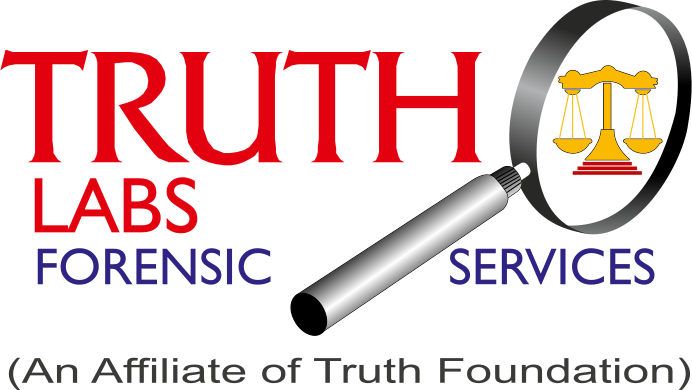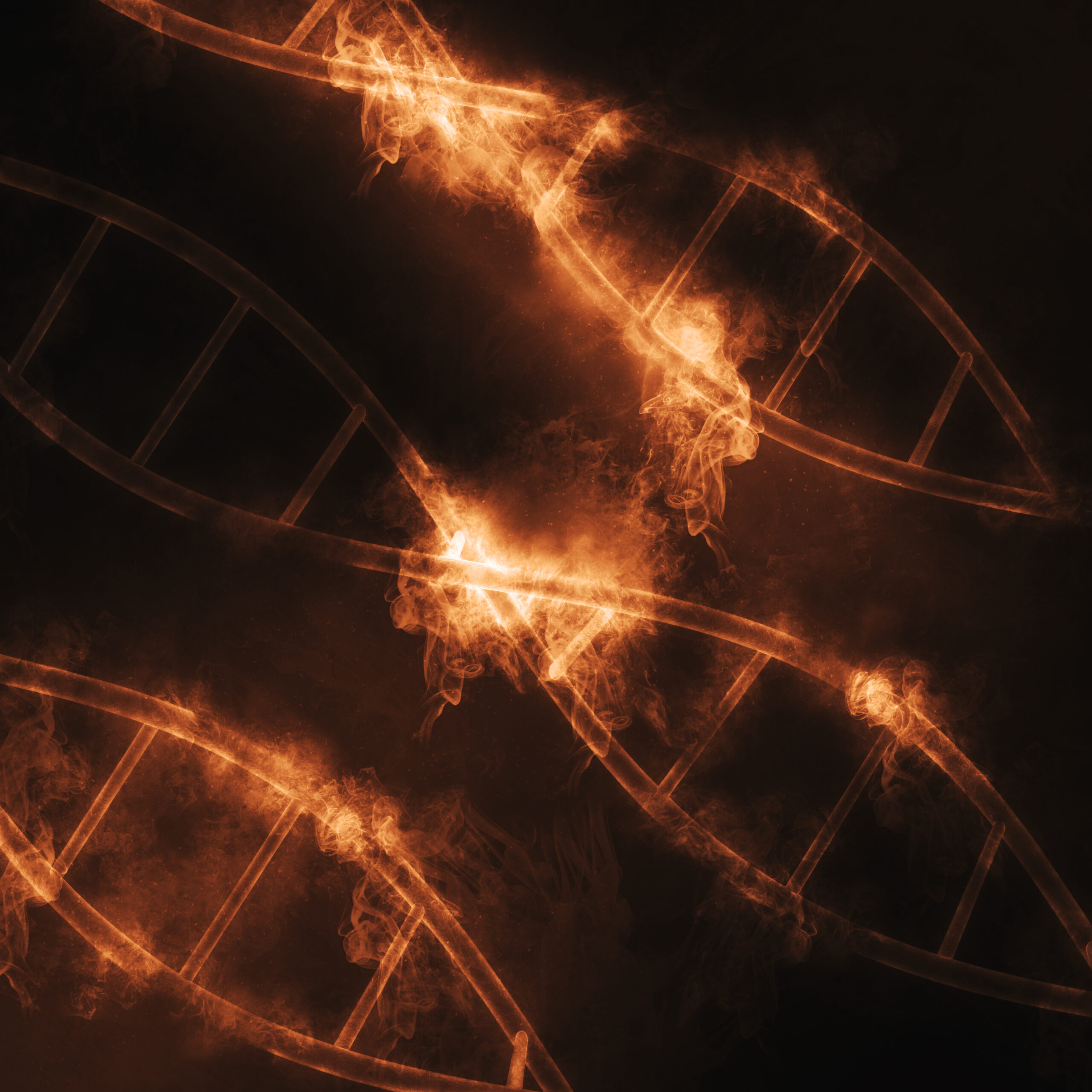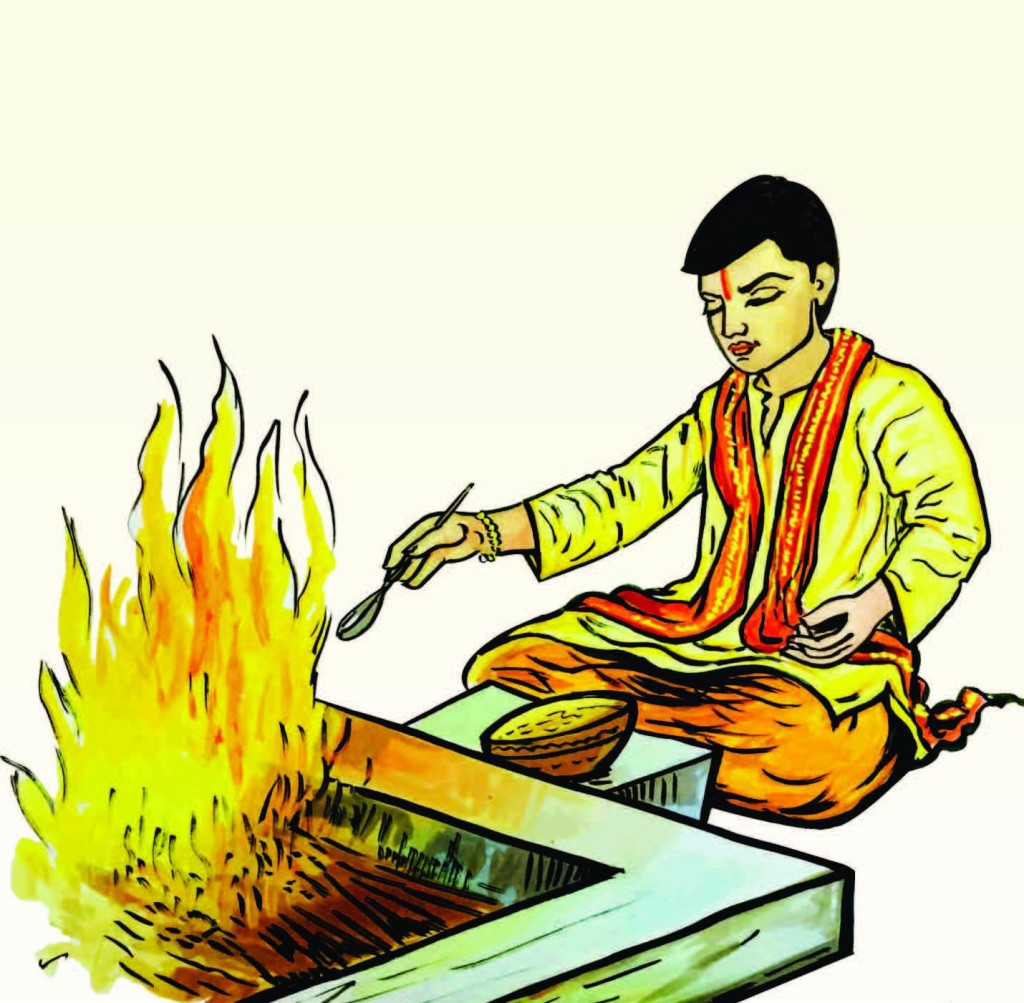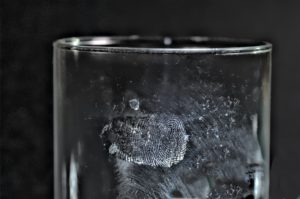Arsonists and Murderers have no compassion for their victims. They only care about the endorphins released or personal satisfaction that they derive from the heinous act that they have committed. Only to hide their involvement, do they try to bamboozle the investigators by altering or destroying the crime scenes as well as the identity of their prey. They use various means to tamper with the evidence by either using weapons or hiding the evidence or corrupting the evidence using chemicals like acid/bleach or fuels like petrol/kerosene to set fire.
Everything that a flame touches, it destroys!
Burning is an effective tool to erase evidence like clothing, paper, fingerprints, electronic devices, etc. Nothing is fireproof, not even the human body. Fire is a very destructive force, capable of great damage. Burnt human parts can be found in a range of situations, from archaeological funerary urns, to aeroplane crashes, bomb blasts, to volcanic eruptions, as well as fire accidents (natural, accidental as well as intentional).
The human body is made up of soft and hard tissues, and fire will have a dramatic effect on both. Fire can be fatal in different ways, but the most common are either due to the heat or suffocation from the smoke produced.
The heat of the fire will cause significant damage to the body. The fire will cause the soft tissues to contract, which causes the skin to tear and the fat and muscles to shrink. The internal organs will also shrink. The muscles contract due to burning and this causes the joints to flex. The heat will also cause significant changes to the bone. The skeleton does not burn in a uniform way. Some bones will burn at a higher intensity than others due to factors such as body fat distribution, proximity to the heat source, etc. Quite often the peripheral bones of the hands and feet will not be burned to such a high intensity as those at the centre of the body, where most fat is located. Body fat acts as a source of fuel and people with more fat will burn at a higher intensity than very thin people.
Pathological evidence can also be observed in burned remains, including joint disease, or cut marks. This is useful for forensic contexts because perpetrators often think that burning a body will eliminate evidence of trauma (such as knife wounds or dismemberment), but this is not always the case. a DNA fingerprint can survive in the bone but it is often degraded.
In a desolate part of a town, some passersby noticed some foul smells, and noxious vapours emerging from near a brick wall. They lodged complaints with the police about the smell and fumes. Upon visiting, the police discovered that the burning smell and fumes were emerging from something resembling a funeral pyre. They managed to douse the flames and saw charred human remains. The remains were sent for postmortem, wherein the Autopsy Surgeon identified that the remains were of two females, one aged about 18-20 years and the other aged about 30-35 years. The police put out a brief bulletin, describing the clothing worn by the victims, along with their physical characteristics. Based on the bulletin, a middle-aged gentleman approached the police, claiming that the victims might be his sister and niece.
The police sent the partially burnt bone fragments and charred muscle pieces for DNA fingerprinting to Truth Labs, along with the blood sample of the middle-aged man. Truth Labs examined and analyzed the scorched samples, by re-suspending the overcooked muscles and could clearly establish that the elder victim was the middle-aged gentleman’s sister. We could also clearly establish that the two victims were mother and daughter. We could give closure and peace to this family.



